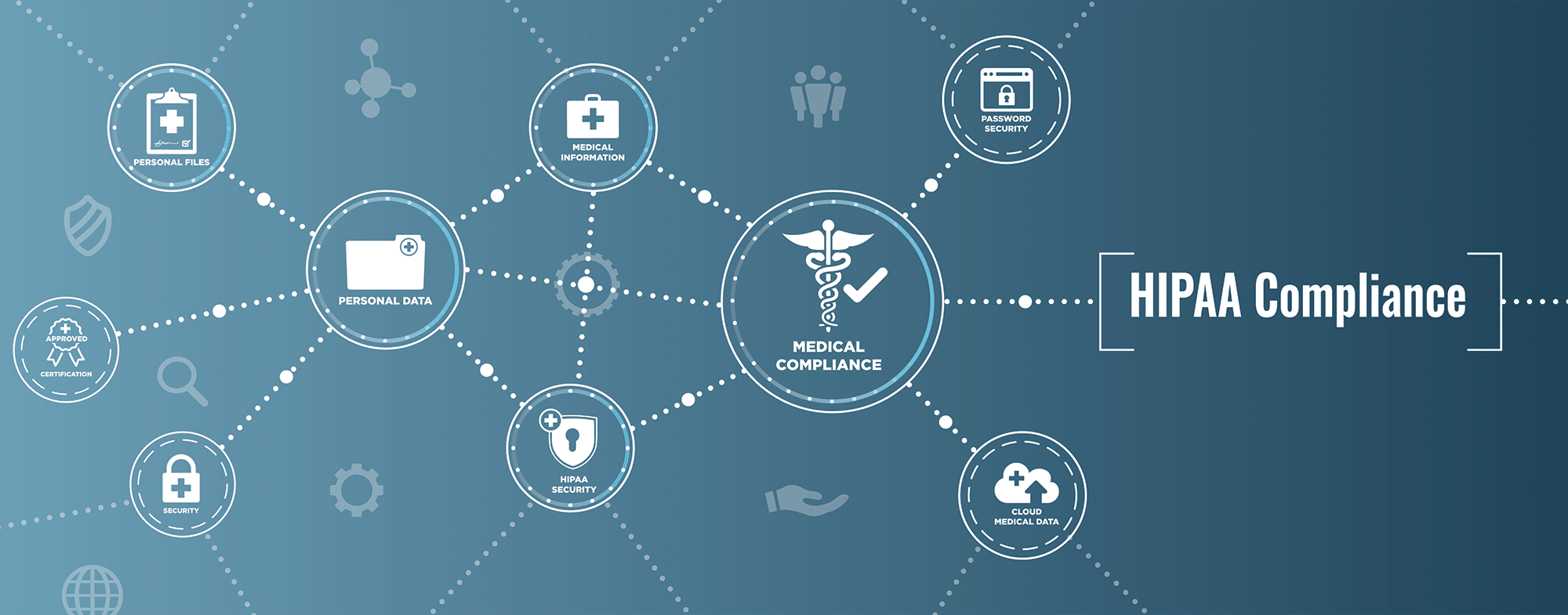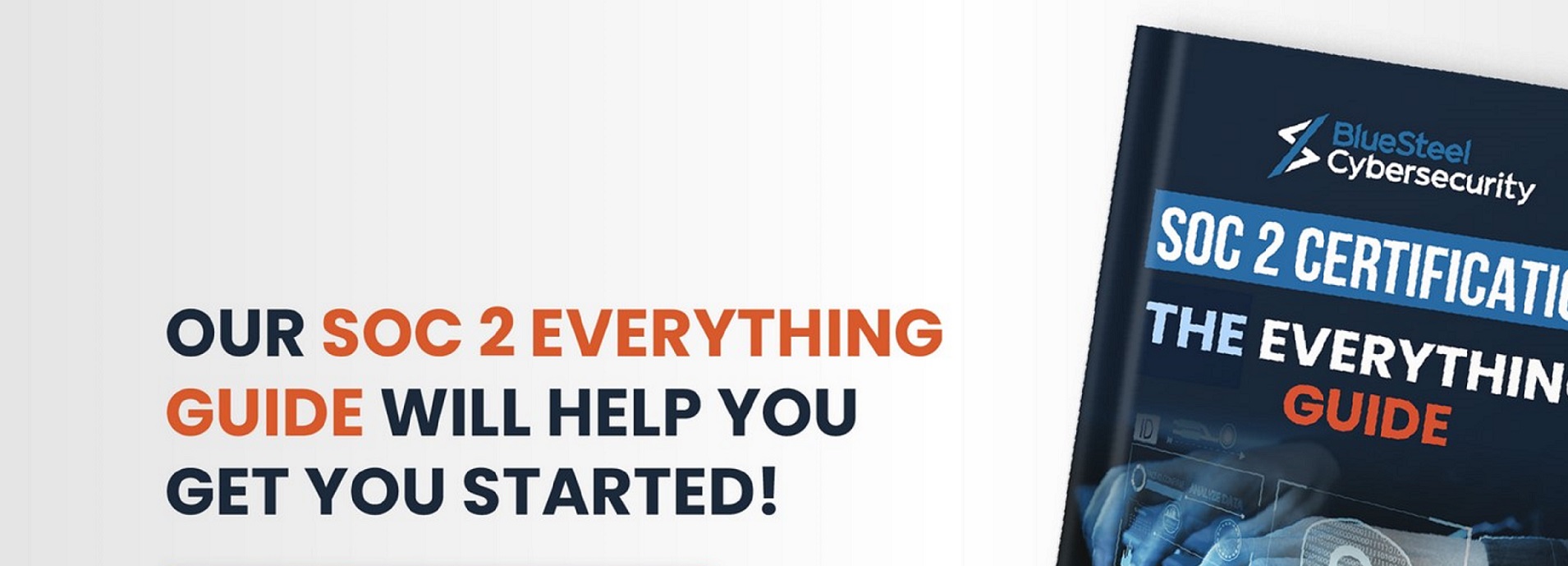As the current pandemic reaches its one-year milestone, there’s an excess of research and trials on remote work policies. Remote work allows a fairer work-life balance for employees and can also boost their satisfaction with the job. However, remote working also has its own share of cons, such as threats of data breaches and contract-based complications. Based on this point of view, you might ask yourself, what should my remote policy cover?
Your remote policy should cover these areas: productivity, communications, cybersecurity, job requirements, and remote work environment. These are the key points required to duplicate a beneficial remote workplace. A remote work policy ideally aims to keep productivity and organizational security intact throughout off-site work conditions.
C-level executives need to envision a remote policy that encompasses all areas of workplace efficiency. Here’s an insight into the five aspects of an effective and workable remote policy.
What Should My Remote Work Policy Cover?
Since your employees are most likely to integrate advanced workplace technology in their jobs, your remote work policy will have to be tech-savvy as well. Here’s what this may mean within your administrative framework:
Productivity Guidelines
Productivity in remote work is fundamentally different from that of an office environment. With onsite work, you have a controlled work environment that maintains a check on employee contribution and project status. In short, it’s easier to point out the highs and dips of employee productivity.
With work from home, things tend to be a bit more complicated. You have to figure out how to keep getting work updates and feedback through virtual connectivity. The technological barrier may remove some of the personal touches that are there in onsite interaction.
This is why productivity parameters vary with remote work, so you should make these a great deal into consideration.
Communications
Communications, both technically and organizationally, can be a big problem if you don’t sort them out in advance.
The Technical Aspect
The technical part of communications refers to what technology you and your employees use to communicate and share work. Some questions to ask yourself are:
- What apps and software programs will you use for distributing work?
- What modes of communication will be the most feasible for sharing updates and answering queries?
- What is your budget when it comes to subscribing to paid versions?
- Will you use the same subscription plans across the board, or will they vary from person to person?
The Organizational Aspect
Remote workers and their employees generally do not have in-person interaction with many people from the organization. Therefore, their online communication skills need to be top-notch in order to keep the workflow smooth. Some key questions to consider here may include:
- How frequently should employees update and respond to each other and to their employers?
- Do they need to be available round-the-clock or are there fixed timings for communication?
- Will any surveillance systems be operating to keep an eye on inter-employee and interdepartmental communication?
- How will you minimize technological limitations when it comes to communication?
Cybersecurity
Navigating cyberspace can be a bit challenging for businesses because online work can become more susceptible to data breaches. Companies may have some of their data stored in Internet archives. However, the security challenge goes up to a whole new level when you involve a host of employees and other office staff.
In order to guard your online data transfer, you may begin by working on a cybersecurity contract with those who choose to work remotely. This security contract shall involve an entire set of protocols for transferring different types of information.
Some C-level executives might prefer to install antimalware programs in their employees. Moreover, there are options to have your own customized networking platform as a part of your policy. This will help in keeping up with all employee activity and preventing internal and external security attacks.
BlueSteel Cybersecurity can provide you with monitoring solutions that your organization can take in-house or outsource. Reach out today to learn more about our cybersecurity services.






